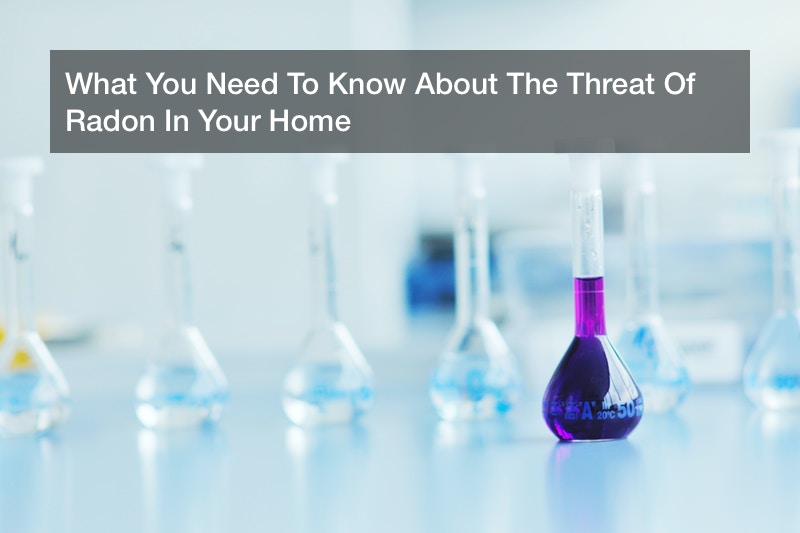

Radon is more prevalent in homes throughout the United States than you might realize. As a matter of fact, you might have radon in your home and not even know it, as radon is invisible to the naked eye as well as tasteless and odorless. In up to seven states and three Native American reservations, it has even been found that up to one third of all homes have levels of radon that are so high as to meet or exceed the action level for radon concentrations that has been set by the Environmental Protection Agency (EPA). On a global scale, up to one home out of every 15 is likely to have radon levels meeting or exceeding this level. Unfortunately, this means that radon in your home is not as uncommon or as unlikely as you might think.
But what are the dangers of radon in your home? For one thing, just having levels of 4 pCi/l in your home means that you and your family will be exposed to up to 35 times the levels of radiation that you would experience if you had been standing at the fence of a radioactive waste site. It is clear to see, therefore, that radon in your home can lead to some serious health consequences for you and for anyone else living there too, for that matter.
One of the biggest threats of high levels of radon in your home – especially prolonged high levels of radon in your home – is that of lung cancer. Unfortunately, up to 20,000 people lose their lives to lung cancer caused by radon exposure over the course of a single year – and that’s just here in the United States, let alone elsewhere throughout the world as we know it as well. This makes radon exposure the second leading cause of lung cancer in the entirety of the United States, second only, really, to tobacco usage. Unfortunately, lung cancer is often not diagnosed until later on in the disease, as this is when it really begins to show symptoms and signs of something being wrong. For many people, the diagnosis of lung cancer will come too late for effective treatment.
The higher the levels of radon in your home, the more likely that you will develop lung cancer. As a matter of fact, each 100 Bq/m of radon in your home will increase your risk of lung cancer by more than a full 15% (by around 16%, to be just a bit more specific). If this radon level is prolonged for a considerable period of time, this likelihood for developing lung cancer is all the more firm. And lung cancer is certainly a disease you want to avoid having as much as it is possible.
There are a number of steps you can take to avoid such a fate. For one, getting your home checked for radon levels is a must, no matter what home you might live in. Radon in your home can be detected by radon testing and inspection companies, who can perform radon tests and read the radon test results. Typically, a short term radon test will be used to detect the presence of radon in your home. This short term radon test can usually be used for as little as two days but for as many as 90. In some cases, a long term radon test will be needed to accurately assess the levels of radon in your home and this test will be used for 90 days or longer.
If high levels of radon in your home are found, there are steps that can be taken to bring these radon levels back down to a safe range. For instance, passive systems of mitigation alone have actually been found to reduce overall radon levels by as much as a full 50%. If this isn’t effective at fully bringing down levels of radon in your home, something like a radon ventilation fan can help to further do the job. And bringing down radon levels to that EPA action level or lower will have a tremendous effect, maybe even reducing the total number of lung cancer deaths by 4%,